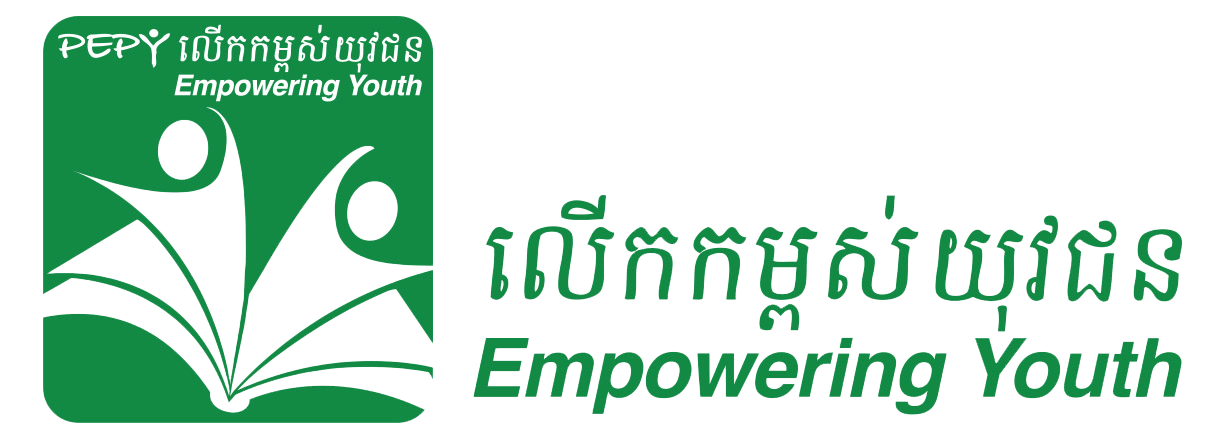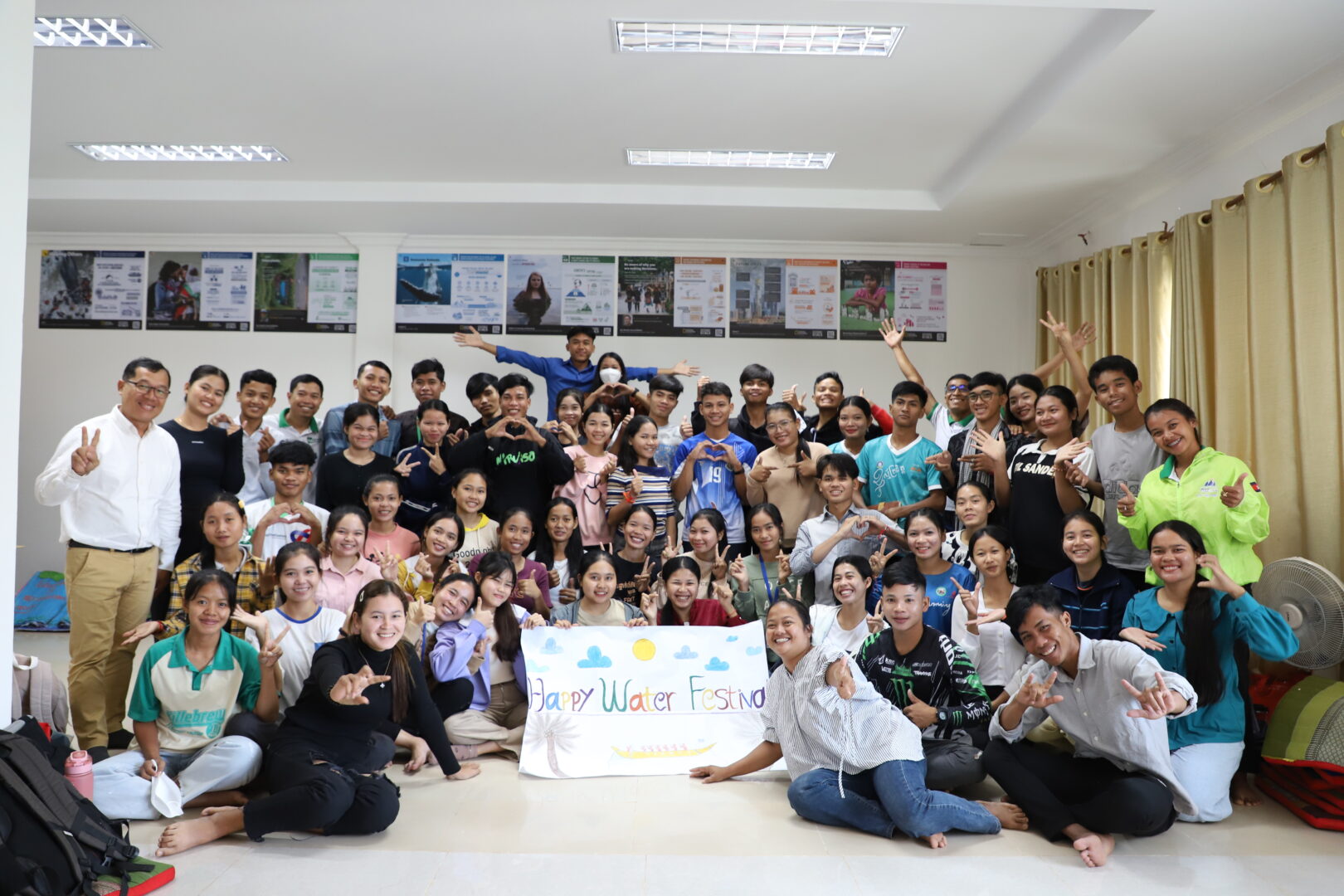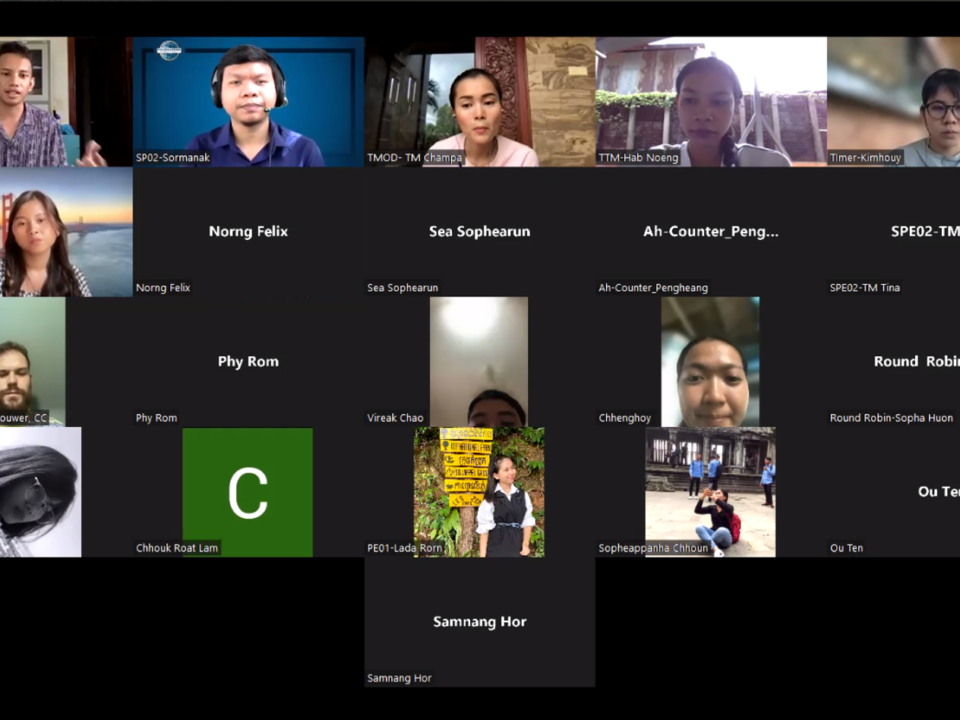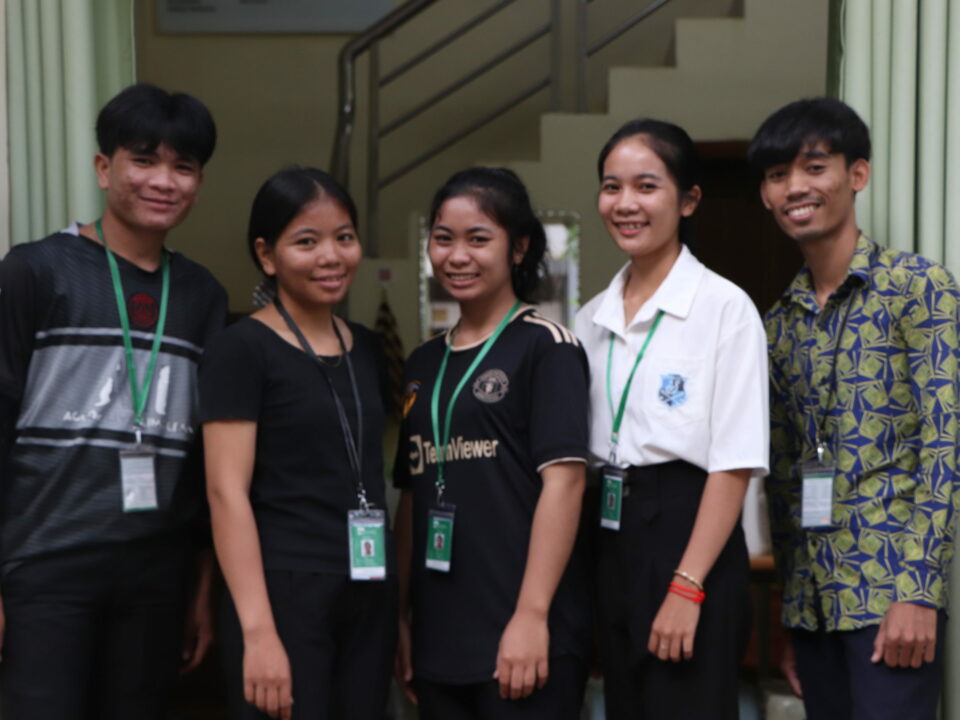Lost Harvests
October 16, 2009PSDP — PEPY’s New Approach
October 23, 2009By: Eric Lewis, Trip Coordinator
I’d just trudged through thigh-deep floodwater contaminated by drowned
animal carcasses and backed-up sewage. Black specs of god-knows-what
still clung to my dripping legs as I opened my laptop. A Google chat
window popped up. It was Hilda, my friend in Toronto.
“How’s life in Cambodia?”
I told her about the typhoon, the broken levees.
“So what are you doing to help?” she asked. Her query begged the question—it assumed I was helping.
“Nothing,” I typed. “I’m just trying to get through this, like everybody else living here.”
But that wasn’t completely true, either. As a PEPY intern, I came to Cambodia to learn about development. Our work has ostensibly nothing to do with flood relief, yet the flood certainly affects the communities PEPY works with. Hilda’s question got me thinking about the scope of
responsibility that development workers assume, or ought to assume.
Consider the following…
Here at PEPY, we stress that aid should be given in the form of capacity
building, not handouts. Aid efforts ought to be, in a word,
sustainable. There is, however, a time and place for everything. Typhoon Ketsana
and other natural disasters create a need so urgent it can usurp the
preeminence of sustainability. Sometimes providing a full belly and a
dry place to sleep is more important than teaching how to grow the food
and build the house. Such a time is now, as flood waters have
devastated crops, livestock, and homes in some areas of Cambodia.
Oxfam estimates upward of 30,000 hectares of destroyed crops in Cambodia, and
just weeks before harvest. In hard-hit areas such as Kampong Thom, this
loss accounts for 90% of arable land—a plight worsened still by drowned
livestock. Factor in the displacement of 14,000+ families and
widespread lack of access to potable water, and indeed the predicament
is dire in many areas.
How does a long-term development-focused NGO react when disaster strikes?
I think development organizations should have far-sighted goals. The objective is to
implement improvements that are self-propagating, a weaning from
outside assistance and a building of community self-reliance. What,
then, is an appropriate role for NGOs working in Cambodia when so many await emergency aid from CARE International, the Red Cross, and similar organizations?
We certainly don’t have the answer. Much as we would like to roll up our
sleeves and fix Cambodia’s problems today, there is also the need for a
future-focused, preventive approach. Both the heart surgeon and the
nutritionist are concerned with vascular health, yet they combat the
problem differently. The two roles are necessary and lifesaving, not in
spite of but because of
their non-overlapping expertise. The cardiologist and the nutritionist
alike may do more harm than good by attempting to practice the other’s
craft. One responds to the crisis of myocardial infarction, the other to the crisis of high cholesterol.
Think of it this way: Our goal is to build within communities the capacity to
offer increased access to quality education. Properly established,
human capacity is a renewable resource. Development works like a
ratchet—improvement is incremental and lasting. So while the Red Cross
feeds the thousands who have lost their rice paddies, our educational
endeavors offer a ladder that can be climbed to escape the kind of
vulnerability that made Ketsana catastrophic. Development begets
options, so that an inverse relation exists between a community’s level
of development and its sensitivity to any one calamity. A
not-yet-developed community is no more secure than an undiversified
stock portfolio.
In a disaster, people need things to get through the crisis. But we’re not working in things. At PEPY, the major changes we are looking to see in our education work have to do with attitudes and actions. I have learned in my short time at PEPY that we are focused on changing
the way people think and act, and to do that doesn’t take an investment
in things, but an investment in people. It also takes time. So, over
time, we hope to make those changes, step by step, through times of
crisis and times of calm.
And yet, the communities affected by the floods are the same communities we are looking to support. It is
impossible to attain sustainable development when a crisis is so severe
it pushes families over the line dividing subsistence (however meager)
from survival mode. As community partners we must remain vigilant of
this threshold, for hard-won improvements can unravel quickly when
starvation looms imminent and people’s only concern is sustenance. Thus
our job entails a kind of triage.
Unlike the Red Crosses, the Oxfams—resource-abundant organizations with
truckloads of emergency rations and helicopters to deliver them—most
NGOs have neither the means nor the mission of administering widespread
disaster aid. As with all organizations working in disaster-hit areas,
though, natural crises can affect our work dramatically, sometimes
forcing us to shift our focus in the short term to ensure that our long
term goals remain possible.
Where does that leave us? Unfortunately, with more questions and discussions than clear answers. PEPY’s staff in Chanleas Dai are still learning about the damage to homes, crops, and roads in the Kralanh area through meetings with community leaders and discussions with local farmers. As we learn more, we will post statistics, our thoughts, and what we are doing on our Team Journal.
Have thoughts to share? Let us know what YOU think about the contradictions between short-term relief vs. long-term investment!



